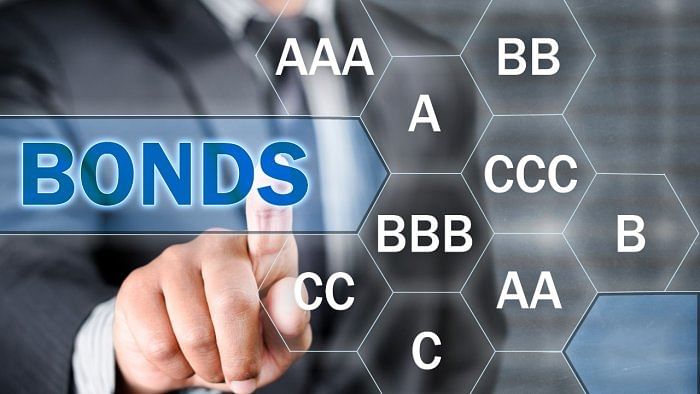
If you are an investor who is not comfortable with the volatility of stock markets and wants to get a higher return, there are many investment avenues. You can take advantage of recent hikes in interest rates and invest in bank fixed deposits (FD) or in small savings schemes. Though debt mutual funds have lost the sheen after the indexation benefits were scrapped, you can still invest in them for liquidity and returns. There are company FDs that offer a slightly higher interest rate but have default risk. There are perpetual bonds that banks have been issuing in recent months- many of them offering interest rates upwards of 9%. It is always better to have a diversified portfolio consisting of many fixed-income instruments. Here’s a primer on perpetual bonds.
What are perpetual bonds?
Bonds are debt instruments issued by corporates, banks and governments to meet their funding requirements. Some of the bonds available for investment are: bearer bonds, inflation-indexed bonds, zero coupon bonds, green bonds, or perpetual bonds. While all of them have a tenure and maturity, perpetual bonds have no maturity date and exist in perpetuity. The issuer pays interest or coupon to the holder of the bonds perpetually. For the issuer, they become quasi-equity since they do not have to be repaid and for the investors, they can get coupons or interest payments perpetually. Perpetual bonds are not so “perpetual” as they are generally issued with a call option, which essentially means that these bonds can be called back by the issuer at any point in time after a defined period, which is usually five or ten years from the date of issue. When the issuer exercises the call option, he recalls the bond and pays back the principal amount to the investor.
Why are coupon rates high?
Banks need to maintain a total capital ratio of 11.5% to meet Basel III norms. Banks need to maintain 9% in tier 1 and the remaining 2.5% in tier 2. Perpetual bonds or additional tier 1 bonds (AT1 bonds) are part of tier 1 capital along with equity and reserves. Banks offer high-interest rates on perpetual bonds to attract investors.
Can retail investors invest in these bonds?
Normally the funds are raised by the banks through a private placement route. The only option for a retail investor is to buy these bonds through a broker in the wholesale debt market. The only deterrent for a retail investor is that the face value of each bond is normally Rs 10 lakhs and so the minimum investment is Rs 10 lakhs. The investor will have to buy these bonds at the prevailing market price and not the face value. For the investor buying them from the secondary market the yield will be different from the coupon rate. The yield on these bonds depends on the price that the investor pays. So, if you bought a perpetual bond having a face value of Rs 10 lakhs and with a coupon of 10% for Rs 10.25 lakhs, the yield will be 9.75%.
What are the risks for an investor?
The biggest risk is the default risk. Since the instruments are unsecured, an investor is exposed to the default of interest and principal payments by the issuing bank. Investors can take a call based on the ratings assigned to these bonds by credit rating agencies. Investors should know that the issuer (banks) has the right to postpone making interest payments on the bonds. The central bank can also ask the issuing bank to write down the entire outstanding amount as it happened in the case of Yes Bank under AT1 bonds even without taking the consent of the investor/lender.
An investor is also exposed to liquidity risk. Since perps are not traded regularly, it could be difficult to find a buyer for the price that he/she wishes to sell. The other option for investors is to wait for the issuer to exercise the call option. In case of liquidation, perpetual bondholders appear before equity shareholders in the sequence for payment.
Taxation of Perpetual Bonds
Interest income and short-term capital gains on perps are added to the total income and taxed as per the income tax slab of the investor. If the bonds are sold in the secondary market and the investor makes long-term capital gain i.e, holding it for more than 12 months, then he must pay tax of 10% without indexation.
(The writer is a CFA, a former banker and currently teaches at Manipal Academy of Higher Education, Bengaluru)